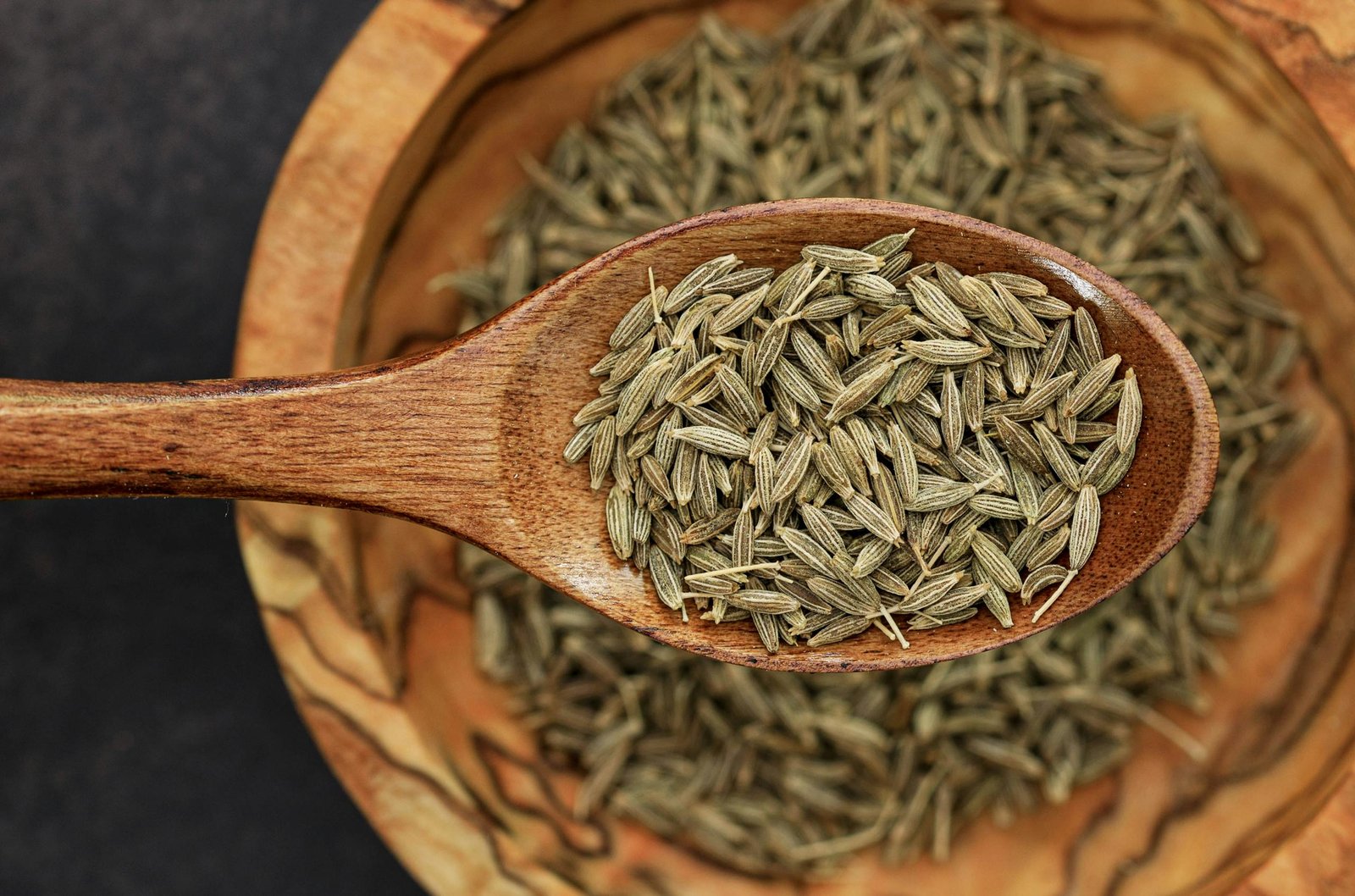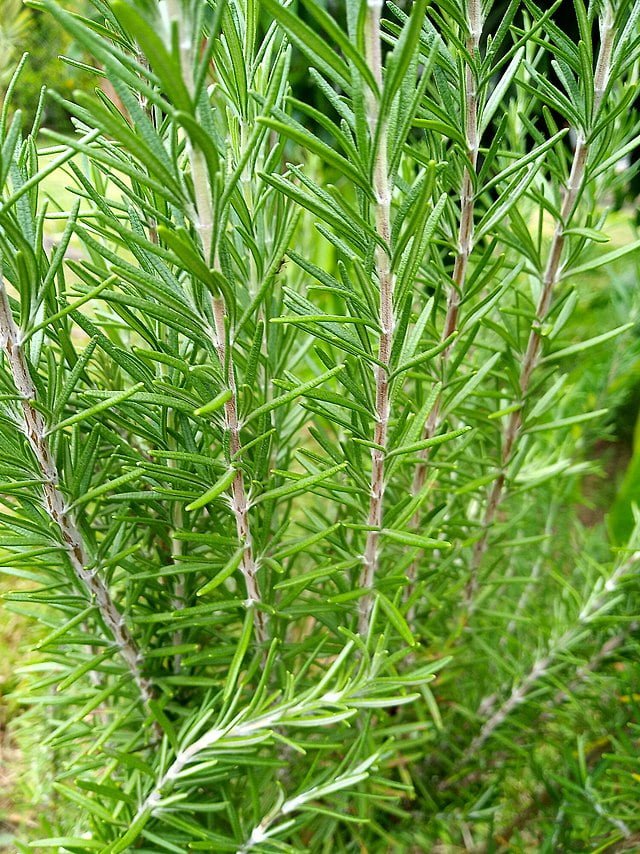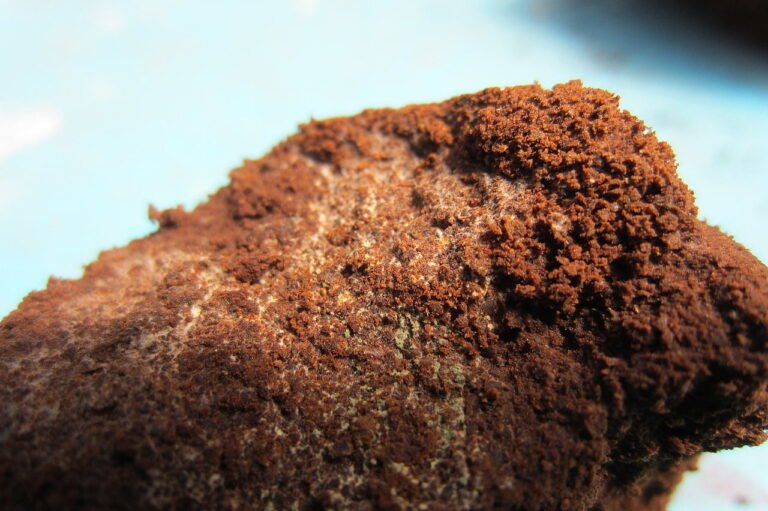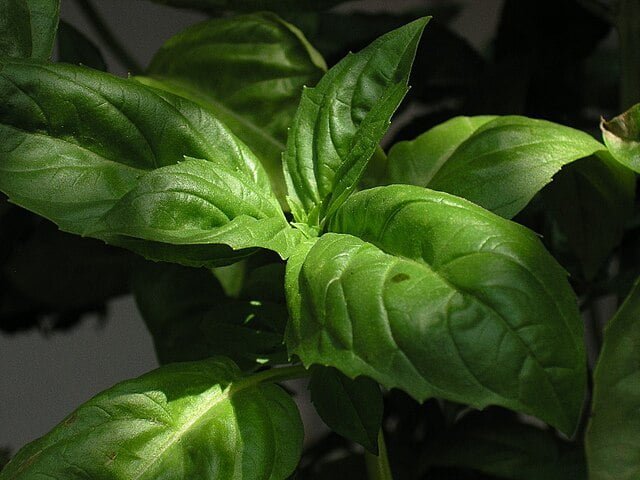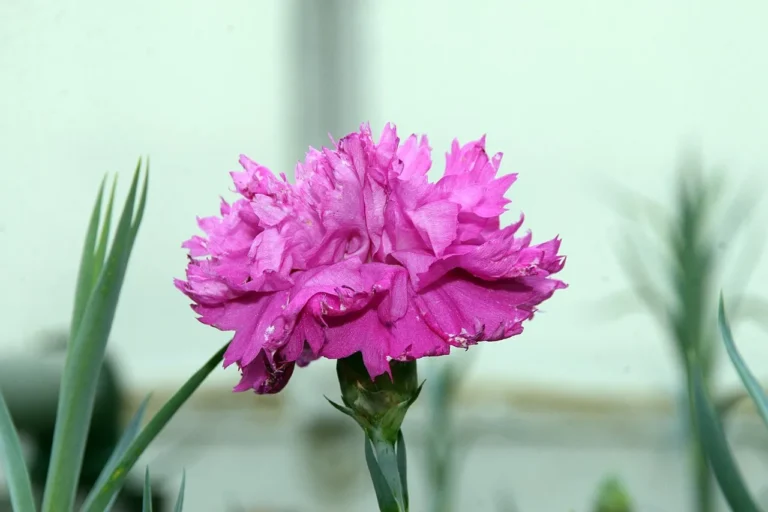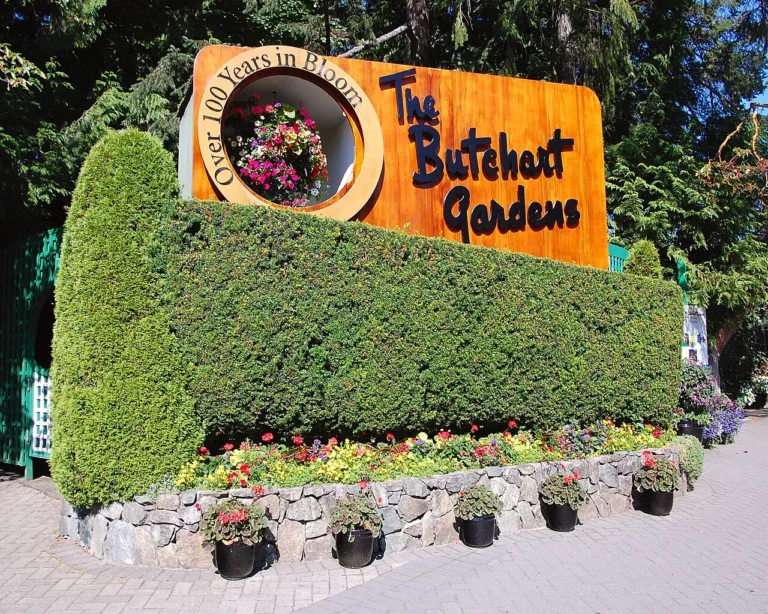Cultivating Cumin: A Guide for Gardeners and Spice Enthusiasts
Cumin (Cuminum cyminum), with its distinctive earthy and slightly bitter flavour, is a cornerstone spice in many culinary traditions around the world, from Mexican to Indian cuisines. Growing cumin at home can be a rewarding venture, offering gardeners the delight of harvesting fresh seeds to elevate their cooking. This guide provides an in-depth look at how to cultivate cumin, ensuring your garden is fragrant with this essential spice.
What is Cumin?
Cumin is a small, annual herb in the Apiaceae family, which includes parsley and carrot. It’s known for its slender, feathery leaves and small pink or white flowers. The spice comes from the plant’s dried seeds, which are used whole or ground in various dishes.
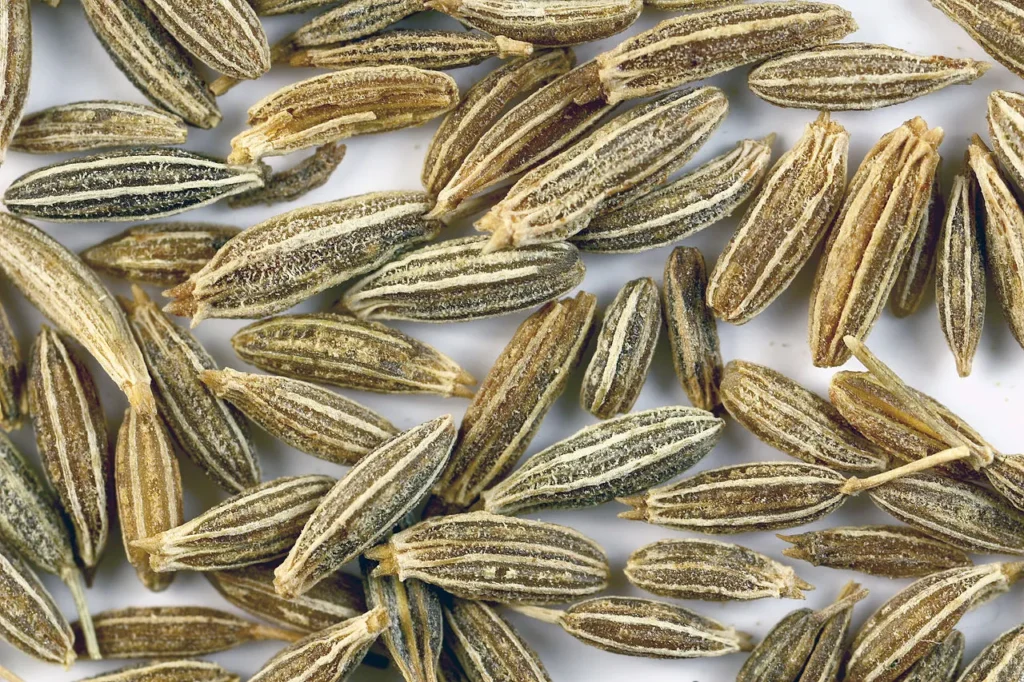
How to Grow Cumin
Planting Cumin
- Timing and Climate: Cumin thrives in a long, hot summer, requiring at least 3-4 months of warm weather to mature. Plant cumin seeds directly in the ground after the last frost when soil temperatures consistently exceed 60°F (15°C).
- Soil Preparation: Cumin prefers well-drained, fertile soil with a neutral pH. Work compost or well-rotted manure into the soil before planting to improve fertility.
- Sowing Seeds: Plant seeds 1/4 inch deep and 2-4 inches apart in rows spaced about 18 inches apart. Cumin seeds germinate in 7-14 days, with optimal germination temperatures between 68°F and 86°F (20°C-30°C).
Care and Maintenance
- Watering: Keep the soil evenly moist but not waterlogged, especially during germination and early growth stages. Once established, cumin plants are somewhat drought-tolerant but will produce better with regular watering.
- Thinning: When seedlings are a few inches tall, thin them to about 8 inches apart to allow ample room for growth.
- Weeding and Mulching: Keep the area around cumin plants free from weeds. A layer of mulch can help retain soil moisture and suppress weed growth.
Harvesting Cumin
- When to Harvest: Cumin seeds are ready to harvest when the plant turns brown and the seeds in the umbels (seed heads) darken, usually about 120 days after planting.
- Harvesting Seeds: Cut the entire plant at the base and hang it upside down in a warm, dry, well-ventilated area with a cloth or tray underneath to catch falling seeds. Once dry, thresh the seed heads gently to release the seeds.
- Storing: Store dried cumin seeds in an airtight container in a cool, dark place. They can be used whole or ground fresh for cooking.
Culinary Uses
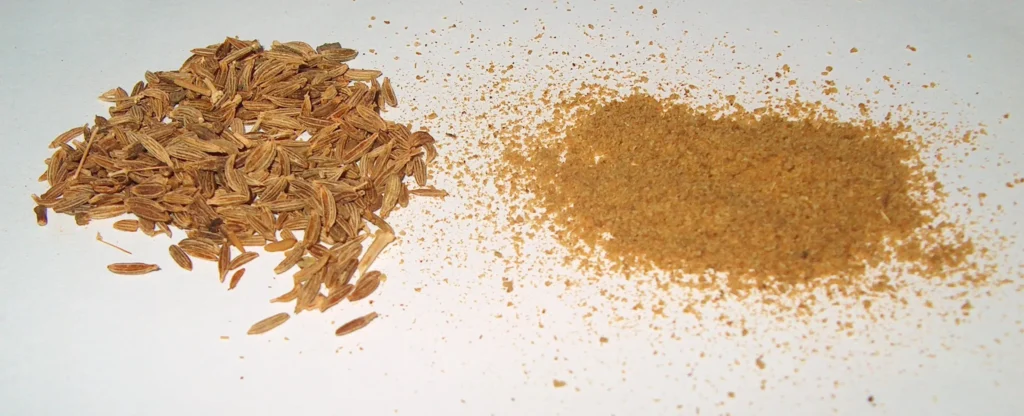
Cumin’s warm, earthy flavour makes it versatile in culinary applications. It’s a staple in spice blends such as garam masala, chili powder, and taco seasoning. Cumin seeds enhance the taste of soups, stews, curries, and numerous meat and vegetable dishes. Roasting the seeds before grinding can intensify their flavour.
Frequently Asked Questions About Growing Cumin
Additional Resources for Growing Cumin
1. Johnny’s Selected Seeds – Growing Guides
- Website: Johnny’s Selected Seeds
- Description: This comprehensive guide from a reputable seed supplier provides detailed instructions on how to grow cumin from seed, including soil preparation, planting depth, and care tips.
- Usefulness: Great for gardeners looking for expert advice on starting herbs from seeds, with professional insights into achieving the best germination and growth.
2. Gardeners’ World – How to Grow Herbs
- Website: Gardeners’ World
- Description: While this site offers a broad guide on herb gardening, it includes useful tips that can be applied to growing cumin, such as soil health, watering needs, and sunlight requirements.
- Usefulness: Helpful for UK and similar climate gardeners, providing a general overview of herb cultivation that applies to a variety of plants including cumin.

Final Thoughts
Growing cumin can add a new dimension to your gardening and culinary adventures. This spice’s unique flavour profile and the satisfaction of harvesting your own seeds make it a rewarding addition to any garden. By following the steps outlined in this guide, you’ll be well-equipped to cultivate cumin and enjoy its aromatic bounty in your cooking.

